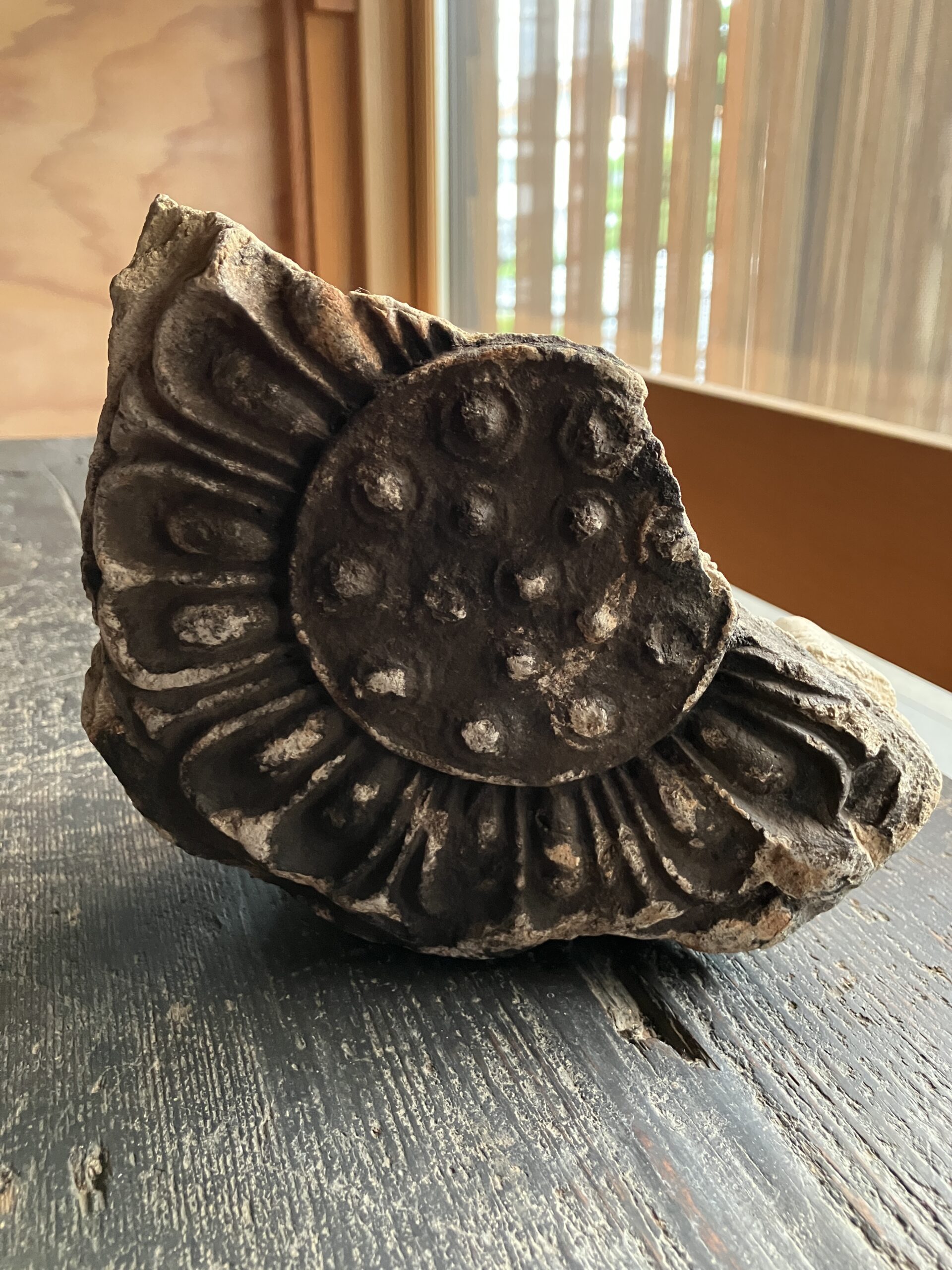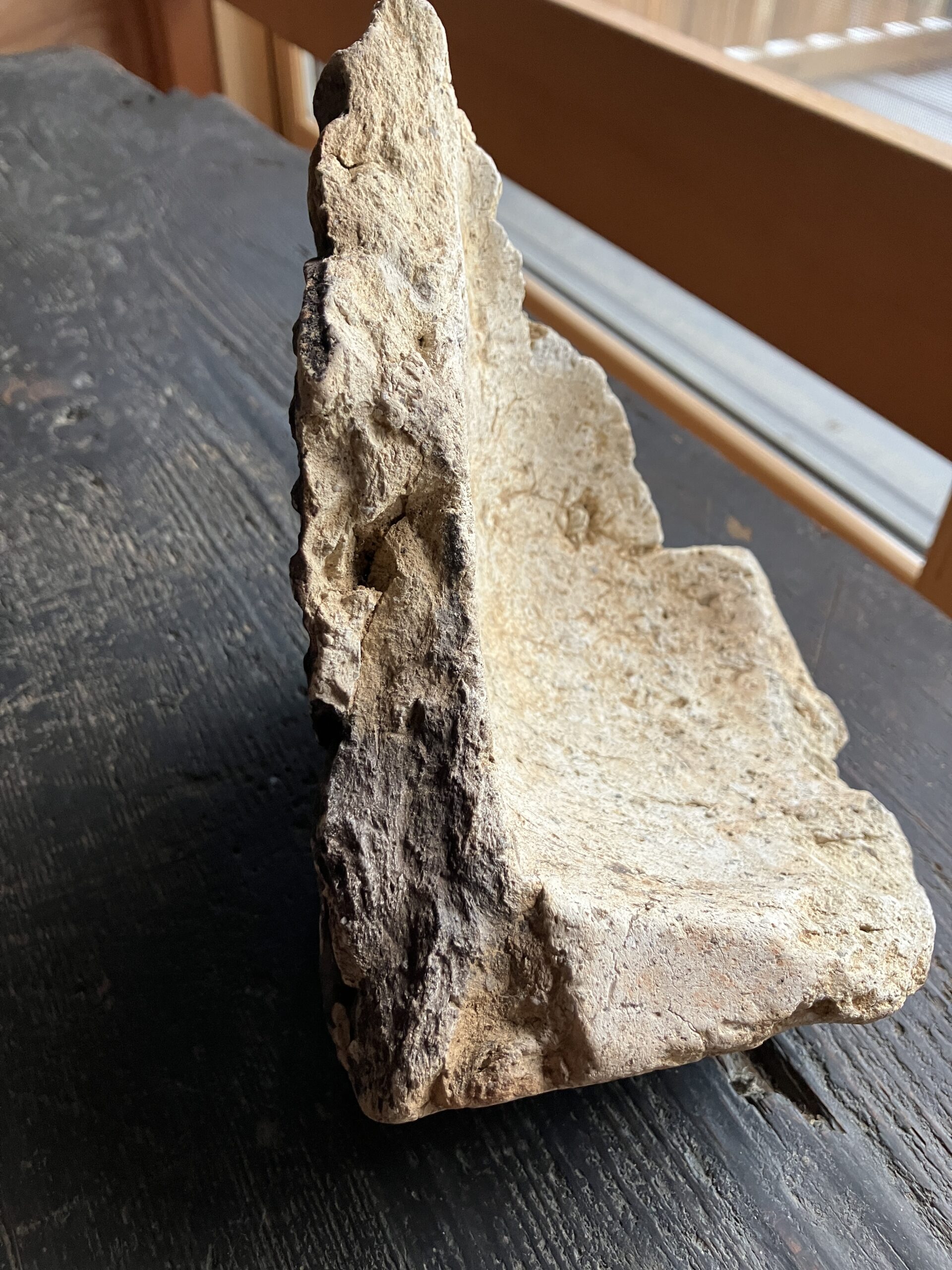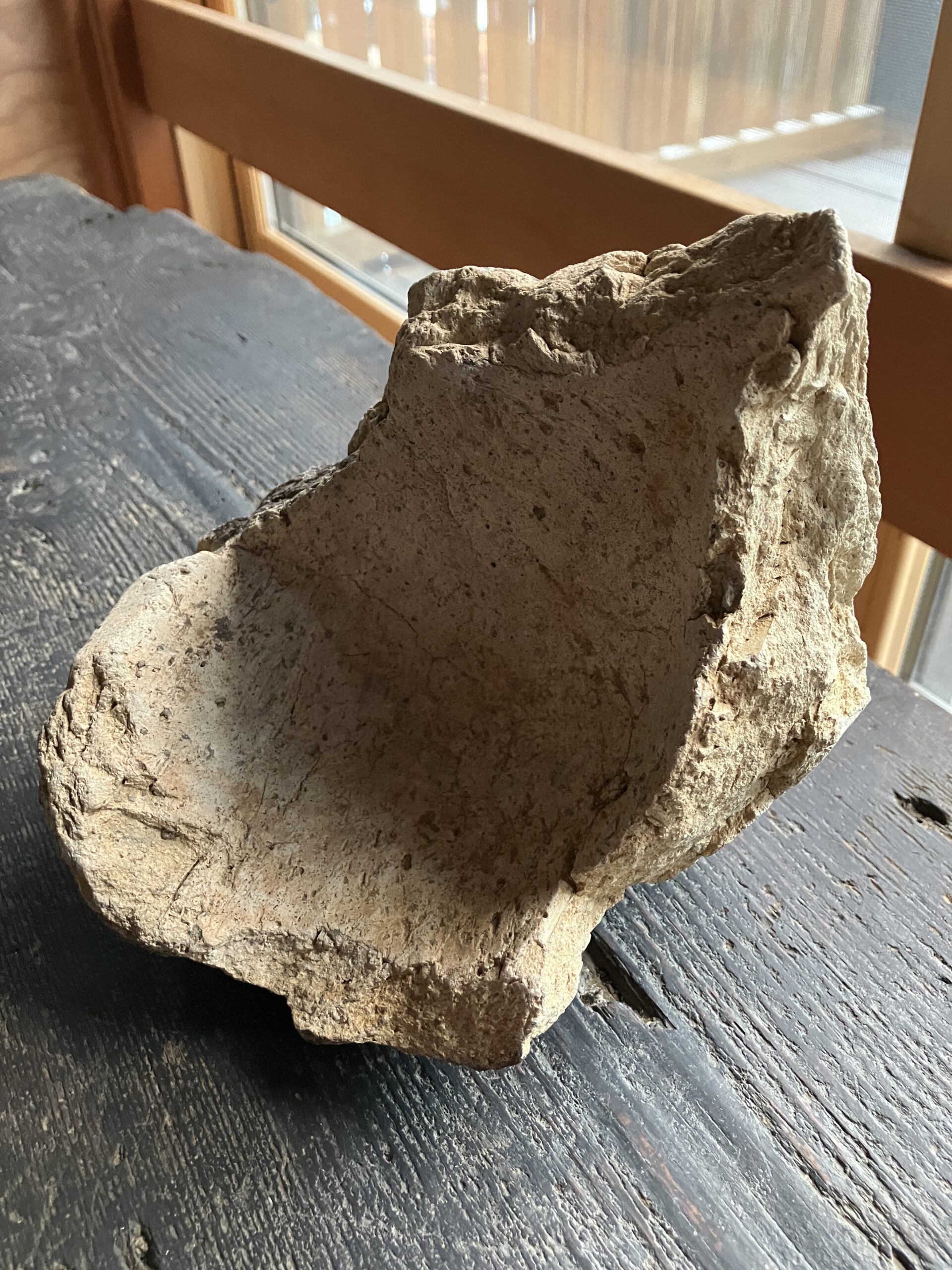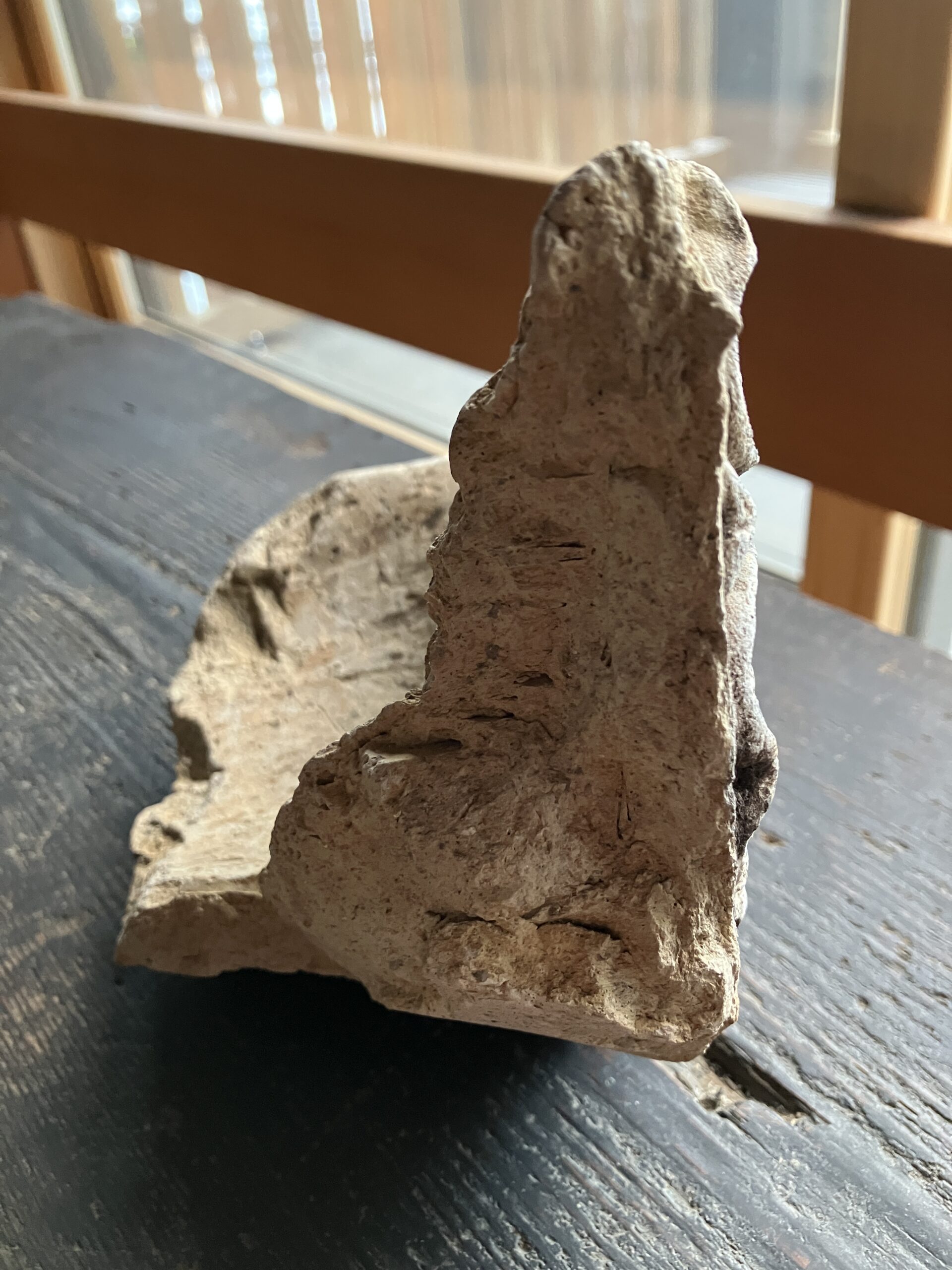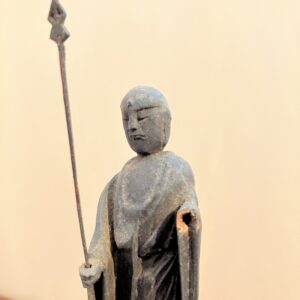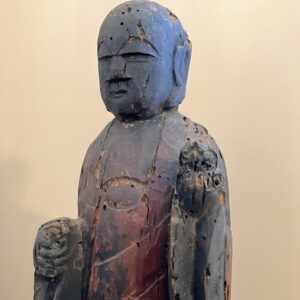Stirrup Tile (Abumi-gawara)
A type of decorative roof tile that adorned temple eaves from the Hakuho period through the Nara period, with well-known examples excavated from Kawaradera and Yakushiji temples. Most feature a circular pattern at the center surrounded by radiating petals, believed to represent the lotus, a symbol of Buddhism. Beyond mere decoration, these tiles served to dignify temple halls and support people’s prayers as symbols of faith. Their powerful and magnificent forms possess artistic value representative of Hakuho culture.
